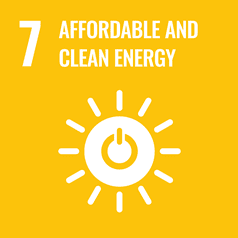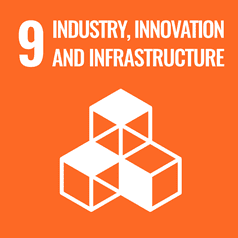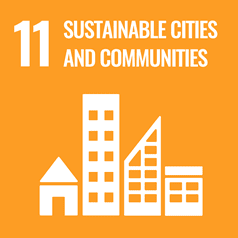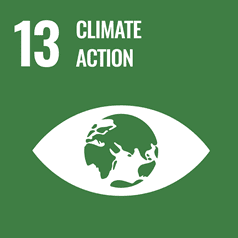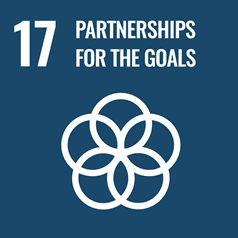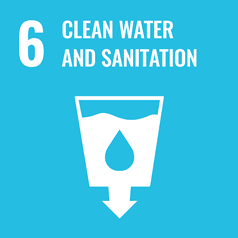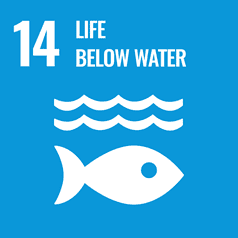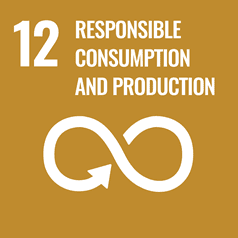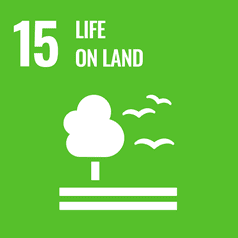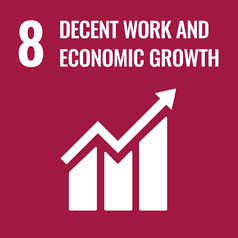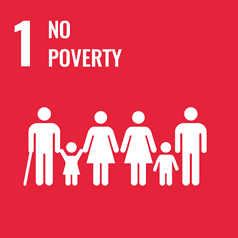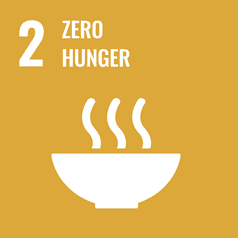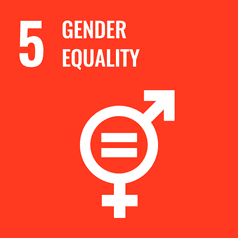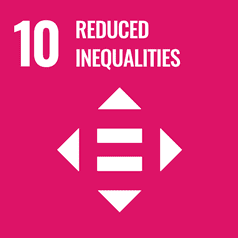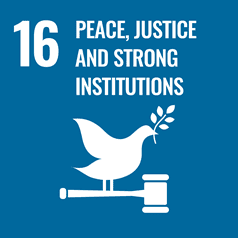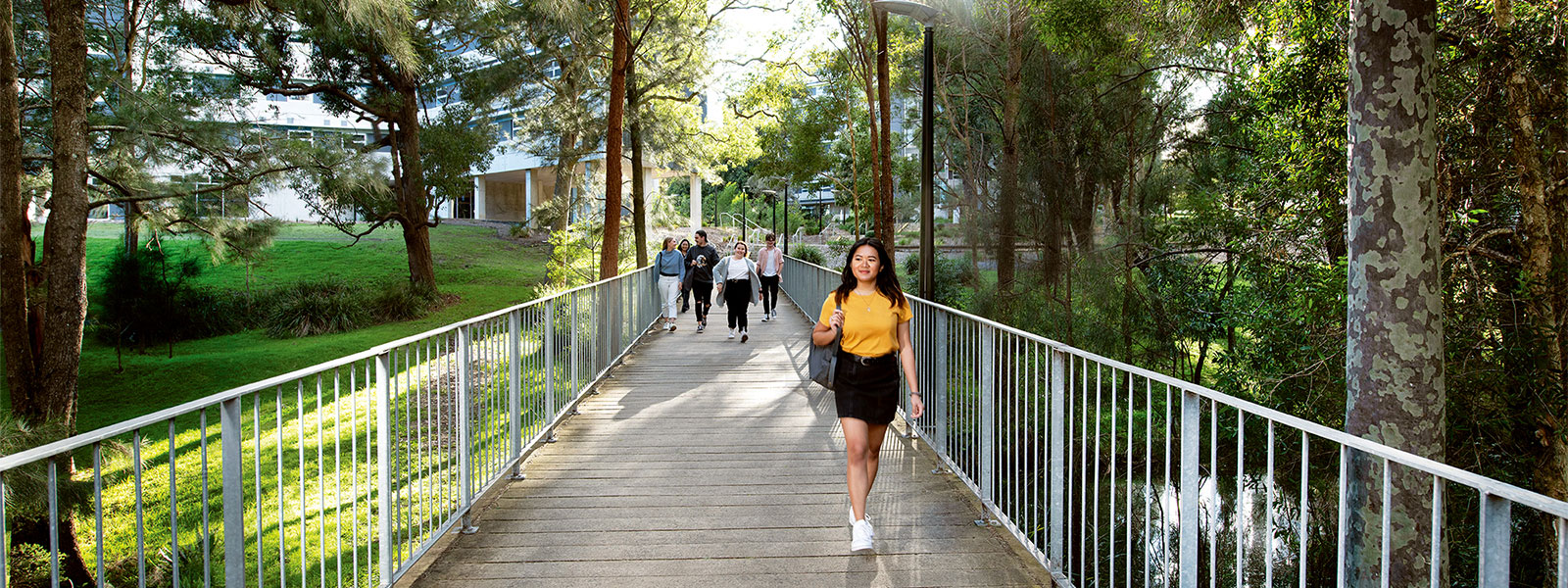
Sustainability goals
Our goals reflect our absolute undertaking to embedding sustainability principles across all operations; and our priority actions include procurement and supply chains; technological, investment and social innovation; and dynamic water capture and preservation measures.
Energy and carbon
The university is committed to renewable energy sources and carbon emission reduction, including through reducing our energy consumption across our campuses. As a part of our commitments from January 2020, the University campuses are using 100% renewable electricity. This is another step to our carbon neutrality by 2025 target.
The university publicly reports greenhouse gas emissions ( scope 1&2 ) as a part of the National Greenhouse and Energy Reporting Scheme at the facility level for the Callaghan campus. Additionally, the university reports its broader carbon emissions ( scope 1, 2 & 3) to the university council.
Scope 1: All direct GHG emissions such as the use of natural gas;
Scope 2: Indirect GHG emissions such as consumption of electricity, heat or steam;
Scope 3: GHG emitted due to the university’s activities but emitted outside the university’s direct control such as emission from waste to landfill, staff work travel, etc.
The University undertakes continuous monitoring of energy consumption across our estate, including by building, campus and by energy source, to enable us to target efficiencies and consumption reductions to the highest impact facilities.
Since 2019, the University has completed an annual Carbon Emissions Inventory, which is reported to the University Council.
Priority actions
- Establish a dedicated Energy Management Project Board to oversee the development and implementation of the Energy and Carbon Management Strategy, including the investigation of energy self-generation, storage, feedback to the network grid and building strategic relationships with the retailers
- Implement the 100% renewable electricity contract from 1 January 2020 and achieve carbon neutrality by 2025.
Measures of success
- Deliver 100% renewable electricity across our Newcastle and Central Coast campuses from 1 January 2020
- Achieve carbon neutrality by 2025.
Aligned with the United Nations Sustainable Development Goals
Water
We acknowledge we are a significant water consumer. In 2018 this totalled approximately 280,000 kilolitres of mains water.
In the face of a warming global climate, we have committed to using and monitoring natural irrigation for our extensive native bushland campuses to reduce demand for potable water. Our focus will be integrating best-practice water-efficiency measures across infrastructure and aim for Green Star ratings in new builds.
Priority actions
- Increase the natural irrigation of the extensive native bushland campus to reduce the demand for potable water
- Integrate Water Sustainable Urban Design (WSUD) principles into landscape management
- Integrate water efficiency as a key project design component as part of the new Environmental Sustainable Design (ESD) Guideline Tool
Measures of success
- A 15% reduction in mains water usage per square metre across our Gross Floor Area by 2025 (on a 2015 baseline)
Aligned with the United Nations Sustainable Development Goals
Waste and recycling
We are actively committed to strengthening our waste management practices and principles to continue to increase diversion of general waste away from landfill.
In 2018 we partnered with an external organisation to deliver a soft plastics recycling program. Soft plastics have very low rates of recycling and are a significant contributor to landfill volumes. These items can also degrade into smaller plastic pieces that can enter the food chain and cause wider environmental pollution. The University trialled a program, in partnership with Plastic Police, to turn these bags into benches providing added outdoor seating across campus. The program has collected and recycled over 115,000 pieces of soft plastic to date.
Priority actions
- Develop and implement a University-wide waste education campaign, including bin labelling and placement
- Achieve best-practice baseline waste data and accurately measure via monthly contractor reports
- Deliver best practice contractor management, including cleaner training, to achieve high levels of general waste separation and recycling targets
Measures of success
- A 70% recycling rate for general solid waste generated across the University by 2021
Aligned with the United Nations Sustainable Development Goals
Biodiversity and landscaping
Our Callaghan campus is a strategic bushland zone of about approximately 140 hectares. Twenty-five of these are dedicated ecological conservation zones and freshwater wetland areas. It is our responsibility to ensure its ecological sustainability and safeguard the ecosystems within it as well as the greater system of which it is a part.
To do this, we are committed to actively managing our campus to restore, improve and maintain this unique biodiversity. Three important ecosystems exist within it – the Coastal Foothills Spotted Gum (Ironbark Forest), the Riparian Closed Forest and freshwater wetlands – in which lives 188 native flora species, 116 bird species, 14 native mammal species, 11 frog species and 18 reptile species. A range of migratory and threatened species are also occasionally seen here, including the Powerful Owl, the Little Lorikeet, the Little Eagle, the Varied Sittella and the Grey-headed Flying Fox.
Further, the University’s Central Coast campus covers an area of approximately 113 hectares. The western half of the site contains the University’s Central Coast campus (Ourimbah). The eastern half comprises extensive areas of natural bushland and several headwater tributaries of Bangalow Creek, itself a tributary of Ourimbah Creek. The area has extensive riparian zone vegetation along Bangalow Creek which includes Narrabeen Warm Temperate Subtropical Rainforest), an Endangered Ecological Community (EEC).
More information can be found in the UON Landscape Management Implementation Plan.
Priority actions
- Continue to implement the annual Bushfire Management Plan 2016 recommendations across Callaghan and Ourimbah campuses
- Develop and implement a revised university-wide Biodiversity Management Plan by end 2020
- Integrate indigenous considerations into the University-wide Biodiversity Management Plan
Measures of success
- The implementation of a university-wide Biodiversity Management Plan by end 2020
Aligned with the United Nations Sustainable Development Goals
Design and build
As we consider the future of our campuses, a changing education model and maintaining a world-class university in harmony with our environmental and social responsibilities, our ambitious capital works will see our sustainability principles at work.
By 2025, the following campus development projects will be built:
- Bioresources Building (Callaghan campus)
- STEMM (Callaghan campus)
- the first stage of the Honeysuckle City Campus Development
- Central Coast Medical School and Research Institute (Gosford, NSW).
The University recognises the importance of developing these large infrastructure projects with ESD principals embedded across the life cycle, with a particular focus on energy and CO2 reduction.
Priority actions
- Embed Environmentally Sustainable Design (ESD) principals through all capital projects
- Implement the UON ESD Tool across all University-wide refurbishment projects to achieve a five-star Green Star or equivalent rating from 2019
Measures of success
- A minimum six-star Green Star ‘Design & As Built’ across all new buildings by 2025
Aligned with the United Nations Sustainable Development Goals
Transport
As a distinguished education institution and corporate citizen, the University is committed to its responsibility of leading by example. With the opening of our inner-city campus in 2017, it is incumbent on us to help shape the planning and rolling out of sustainable commuter transport within the city, as well as to local networks.
Another area this Plan addresses is the need for better understanding of CO2-e emissions resulting from staff air travel, how we can reduce the University’s vehicle fleet and how we can influence a transport module shift for staff and students.
Priority actions
- Advocate for more sustainable transport options to local and State government, including active travel to and from our campuses
- Implement the University-wide Strategic Transport Management Plan to encourage and support more sustainable transport options for staff and students by 2020
- Collaborate with the University’s key suppliers to measure and understand Scope 3 emissions from travel (air travel and fleet vehicle use) in 2018
Measures of success
- No net increase in car space provisions across the University (on a 2018 baseline)
- Complete an inventory of all emissions from staff air travel and fleet vehicles and offset emissions by 2025
Aligned with the United Nations Sustainable Development Goals
Investment and procurement
The University currently has portfolio of approximately $400 million (2018) invested in Australian and international shares, property and infrastructure as well as fixed-interest funds. Our investment strategy is governed by an Environmental, Social and Corporate Governance (ESG) framework. We work closely with our investment portfolio manager, Mercer, to address the issues of environmental sustainability, including climate change, across the investment portfolio.
We no longer directly invest in fossil fuel companies and we have integrated Mercer’s ESG ratings across the University’s investments. In 2017, the University approved the transfer of all international investments into the Mercer Global Socially Responsible share funds.
We are also a significant purchaser of goods and services. To meet the changing expectations of key stakeholders, we are committed to understanding and managing social, ethical and environmental issues along the supply chain in a responsible manner. This includes compliance with the Modern Slavery Act 2018.
We have developed a Supplier Code of Conduct to help meet this commitment. It outlines the minimum terms and conditions of doing business with us. We require all suppliers to comply to the standards set out in this Code within their own operations and actively work with us to assess and manage compliance in their supply chain. This Code is based on the University’s own Ethical Framework and the Ethical Trading Initiative (ETI) Base Code. The ETI Base Code is founded on the conventions of the International Labour Organisation (ILO) and is an internationally recognised code of labour practice. The ETI base code reflects the commitment to ethical trade by stipulating the need for freely chosen employment, freedom of association, safe working conditions, and reasonable working hours.
Priority actions
- Improve our weighted average ESG rating across the University’s investment portfolio, and benchmark ESG ratings of peers’ institutions to inform best practice to address environmental sustainability impacts
- Measuring and monitoring the carbon footprint of the University’s listed equity investments, with the aim of keeping the carbon footprint below the relevant market indices, and investing in a manner that is consistent with the University’s broader sustainability commitments
- Integrate environmental sustainability principals into all finance business case decisions from 2019
- Implement the Ethical Decision Making Framework for Procurement across the University by end 2019
- Implement the University Green Supplier Checklist across 50% of key suppliers by end 2019, and 100% of suppliers by end 2020
- Ensure Fair Trade Association of Australia and New Zealand certified products are available on the University’s purchasing catalogue, and expand the availability of Fair Trade products via the food outlets on Campus by end 2019
- Develop and implement a Supplier Code of Conduct with a recognition scheme published on the University’s website by 2021
Measures of success
- Improve the ESG score of our investment portfolio by 20-30% by 2020, based on a 2017 baseline.
- Reduce the carbon footprint of our share portfolio by 20% by 2020, based on a 2016 baseline.
- Divest from fossil fuel companies that don’t meet our requirements for managing the transition to a low carbon economy by 2020.
- Invest 10% of the portfolio (or approximately $50 million) in investments aligned with the UN Sustainable Development Goals (SDGs) by 2020.
- Implement the Green Supplier Checklist across 50% of major suppliers by end 2019, and 100% of suppliers by end 2020
- Develop and implement a Supplier Code of Conduct with a recognition scheme published on the University’s website by 2021
Aligned with the United Nations Sustainable Development Goals
Governance and reporting
Governance is considered essential to our commitment to support the UN Sustainable Development Goals. We regularly review the structure and processes around governance to ensure sustainability principles remain at the heart of decision-making.
The University Committee on Environmental Sustainability (UCES) was established in November 2007 by the University Council to investigate and coordinate the University’s ongoing action and progress towards environmental sustainability. The Committee provides advice to the Vice-Chancellor on environmental matters related to the development of the University’s campuses and surrounds; the implementation and maintenance of environmentally sensitive and sustainable practices; and strategies to build environmental awareness across the University and its communities. It has membership from senior management, staff, students and the community and is responsible for guiding the development of this ESP, and the implementation of actions across the University.
We are held responsible under local, state and national environmental legislation and we report under the voluntary Tertiary Education Facilities Management Association (TEFMA) on functioning performance.
Priority actions
- Develop and implement a University-wide Environmental Sustainability Charter by December 2019 (incorporating the UN Sustainable Development Goals) to ensure environmental sustainability is embedded at the highest levels
- Review the function, structure and effectiveness of the University Committee on Environmental Sustainability (UCES) by end 2020
- Integrate environmental incident reporting requirements into our All Incident Management System (AIMS) by December 2019
- Ensure compliance with all local, state and federal environmental legislation and reporting requirements
- Report environmental data annually to Tertiary Education Facilities Management Association (TEFMA)
Measures of success
- Make certain that environmental sustainability is embedded across the highest levels of the University
- Report publicly on the University’s environmental sustainability impacts via our Annual Report
Aligned with the United Nations Sustainable Development Goals
Improving Access
The Higher Education Participation and Partnerships Program (HEPPP) provides funding to universities to implement strategies that improve access to undergraduate courses for people from regional and remote Australia, low socio-economic status (SES) backgrounds, and Indigenous persons. HEPPP also helps to improve the retention and completion rates of those students.
The program has been established to help reach the Government’s goal to see 20% of all university enrolments filled by low SES students.
The University of Newcastle has a 20% admissions target for domestic low socio economic students which meets the Australian government’s Higher Education Participation and Partnerships Program (HEPPP) low socio-economic enrolment target for Australian tertiary institutions.
In 2023 the University of Newcastle students from Low SES backgrounds represented 21.4% of the University's domestic enrolments.
The University of Newcastle has exceeded the HEPPP target for the last four years and continues the trend of enrolling greater than 20% of its domestic students from the Low SES or bottom financial quintile.
For more information, please visit https://www.education.gov.au/heppp.
Aligned with the United Nations Sustainable Development Goals
The University of Newcastle acknowledges the traditional custodians of the lands within our footprint areas: Awabakal, Darkinjung, Biripai, Worimi, Wonnarua, and Eora Nations. We also pay respect to the wisdom of our Elders past and present.
